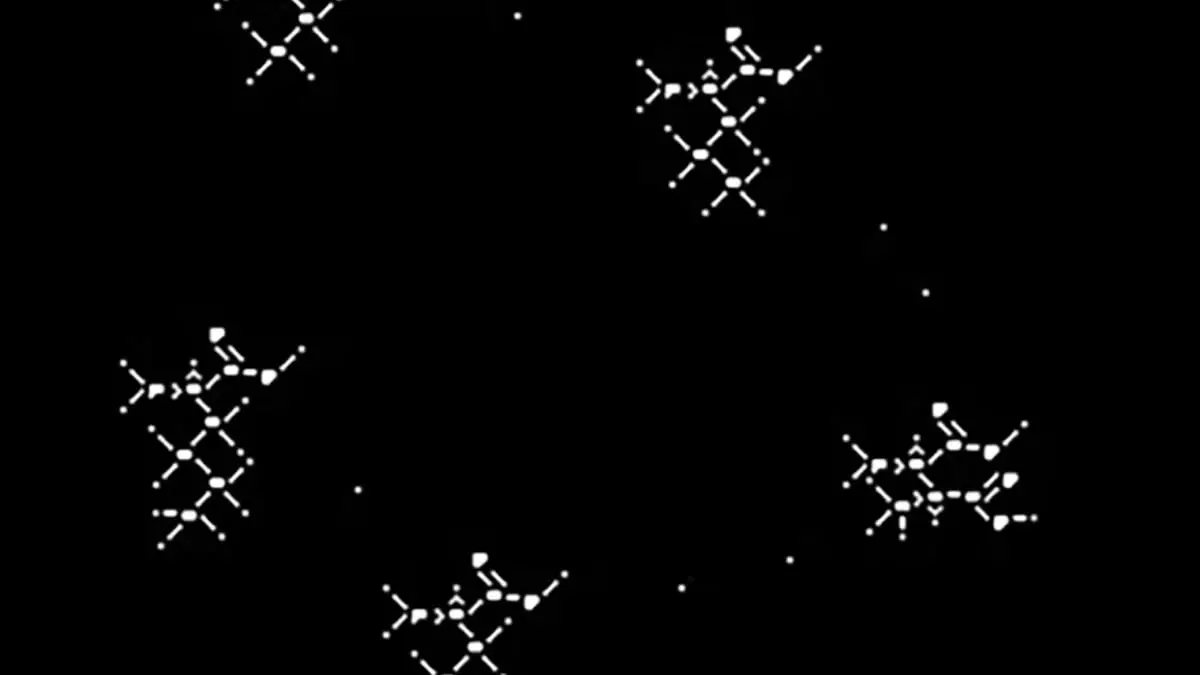In June 2023, an extraordinary event unfolded as Ken and Keli Chaffin, a father-daughter duo, succeeded in decoding a simulated extraterrestrial message sent from Mars. This incredible achievement was the product of nearly a year of rigorous effort, highlighting the potential of citizen science in astrobiology. The mysterious message was part of the “A Sign in Space” initiative by the Seti Institute, a project designed to explore the possibilities of alien communication through the lens of collaborative creativity and scientific inquiry.
The decoded message featured five formations of amino acids, fundamental building blocks of life on Earth, although the precise intent behind these configurations remains shrouded in ambiguity. Daniela de Paulis, serving as the artist-in-residence at SETI and a licensed radio operator, spearheaded the project alongside a diverse group of international scientists and artists. This collaboration aimed to create a realistic simulation of how an alien message may appear and the potential meanings it may convey.
The transmission itself originated from the ExoMars Trace Gas Orbiter, which emitted a signal designed to mimic an extraterrestrial message. This unique signal was received by a triad of Earth-based observatories: the Allen Telescope Array in California, the Robert C. Byrd Green Bank Telescope in West Virginia, and the Medicina Radio Astronomical Station in Italy. By making the raw data publicly accessible, the project fostered a global community of citizen scientists who jumped at the opportunity to decode what many view as the first evidence of communication from beyond our world.
Ken and Keli Chaffin’s endeavor to decode the starmap of white pixels with cellular automata algorithms is a testament to the capabilities of dedicated amateur scientists. Their painstaking analysis revealed clusters of pixels corresponding to amino acids, confirming their role as essential components in the development of life. However, the absence of a definitive explanation for the message’s configuration raises intriguing questions, prompting speculation and theoretically-driven discussions.
The project team, led by De Paulis, purposefully refrains from providing a concrete interpretation of the discovered formations, encouraging an open-ended exploration akin to an enthralling sci-fi narrative where the audience is not merely passive observers but active participants in theorizing the underlying meanings. The message invites speculation ranging from the notion of life-forming compounds assembling across the cosmos to the idea of a simpler “hello” from distant aliens seeking to connect.
De Paulis plans to document the myriad interpretations of this extraterrestrial communication in her upcoming book, which underscores the complexity surrounding the quest for meaning in such transmissions. Reaching a universal consensus on the implications of this alien message may prove elusive; yet, the engagement it fosters is as significant as the message itself. The excitement and intrigue that Ken and Keli Chaffin express toward their role in this groundbreaking project reflect a broader enthusiasm for cosmic discovery that transcends borders and galvanizes individual contributions to our understanding of the universe.
As we venture further into the unknown realms of space, initiatives like “A Sign in Space” challenge the boundaries of our understanding and ignite curiosity about what lies beyond—encouraging humankind to listen to the stars and explore the essence of communication in its many forms.

Leave a Reply